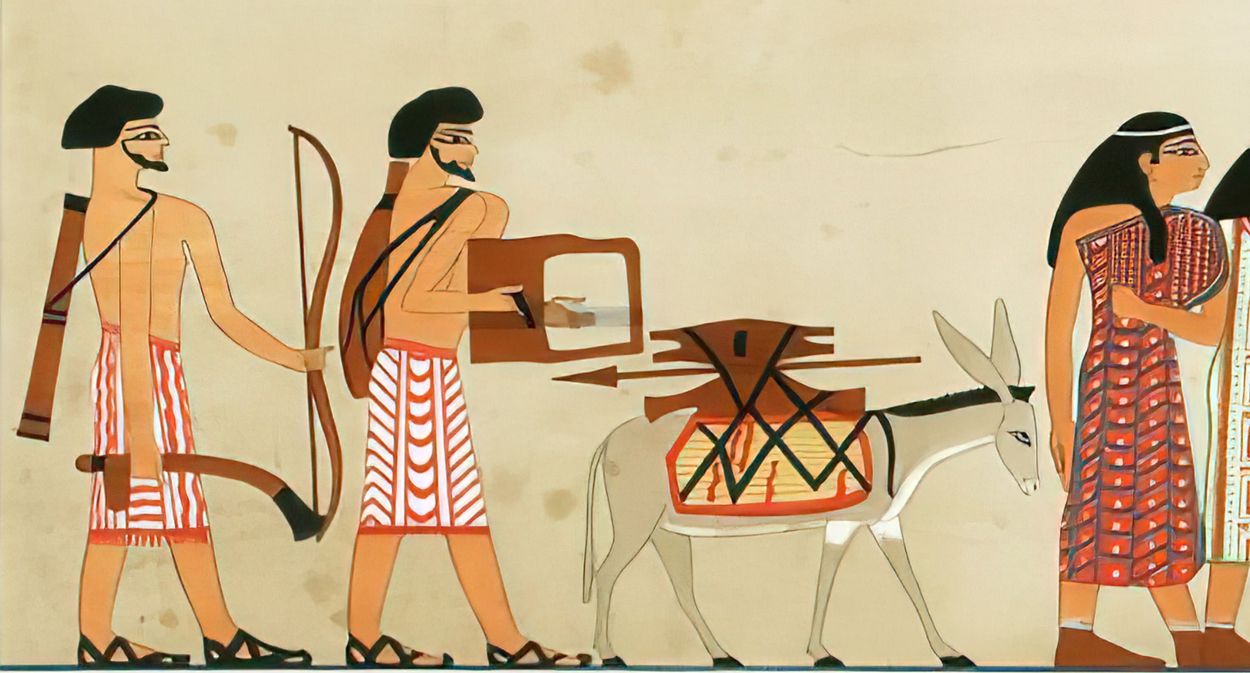THE MUSIC OF THE BIBLE
THE MUSIC OF THE BIBLE is a long story. The oldest record of it is the picture above, in the Tomb of Beni Hassan, from 12th century BC Egypt. The tomb’s murals show the Hyksos, that is, early Hebrews, as the Egyptians conceived them. And look! One of them is carrying a lyre. Then the story includes the influence of King Shulgi’s Babylonian scales of the 21st century BC, and the influence of Egyptian instruments upon the Israelite nation. Then there are the first recorded songs, like the songs of the Red Sea, of Moses, and of Deborah.
Later, there is the great flourishing of Hebrew music under King David. He set up teams of singing Levites to praise the name of Jehovah over the morning and evening sacrifices. Along with the Levite chiefs, Heman, Asaph, and Jeduthun, he wrote songs for the new temple. These songs form the core of our Book of Psalms to this day.
Then there is the story of how they recruited the Levite singers and how they rehearsed. There is the story of what instruments they played in the temple orchestra.
Then we must trace the story through the exile in Babylon and the return. We would need to consider the influence of Persian and Greek and Roman music. Then there was the terrible fall of the great temple in AD 70 when all the songs of the Levites were stilled.
The music of the Psalms continued for almost 1,000 years among the Jewish synagogues of the east. Then it died out. But ultimately (like the Ark of Covenant) it was not lost, but just well-hidden. Its rediscovery is now well under way.
If you want to know more about the music of the Bible—scales and music theory, singers, instruments, melodies, notation—I discuss it in Chapters 8 to 13 of The Songs of Ascents.
